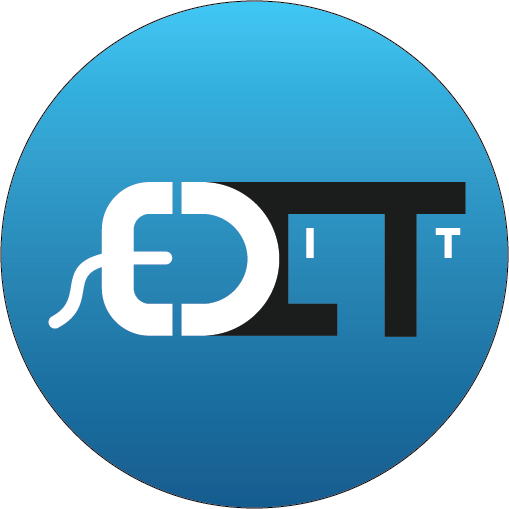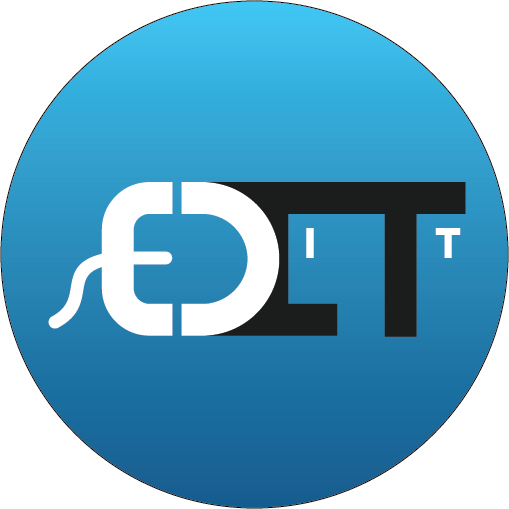Intel has been on a roll with its recent consumer CPU releases. The company’s 12th gen “Alder Lake” architecture saw it take the battle to AMD Zen 3. Save for the power consumption of high-end chips, Intel improved upon the Alder Lake CPUs in every way with the 13th gen “Raptor Lake” processors. If the newest details from hardware leaker Moore’s Law Is Dead are true, Intel’s upcoming 14th gen “Meteor Lake” and 15th gen “Arrow Lake” CPU architectures may give AMD some cause for concern.
Meteor Lake
A while ago, we reported that Intel was planning to release the Meteor Lake mobile and desktop chips in Q2/Q3 and Q4 2023 respectively. The leaker still stands behind his previous claim and maintains that Intel will release the Meteor Lake desktop CPUs in the second half of 2023. However, the leaker no longer mentions LGA 2551 as a platform for Meteor Lake. He now thinks Intel’s 14th gen processors will use LGA 1851.
Moving on to the core configuration, the top Meteor Lake chip reportedly has 6 Redwood Cove and 16 Crestmont cores (6 P and 16 E-cores). Intel has allegedly shelved the 8 P and 16 E-core “Desktop-first” design for the mentioned core layout that will be shared between the desktop and mobile HX variants.
Unlike Raptor Lake’s Raptor Cove performance cores, Tom suggests that Meteor Lake’s Redwood Cove cores will bring a significant IPC uplift between 15-25%. But this IPC uplift will be accompanied by “at least a slight clock regression on the Intel 4 node compared to Raptor Lake”. Similarly, the 14th gen Crestmont E-cores could bring >15% IPC improvement over the 13th gen Gracemont E-cores.
Tom also maintains that Meteor Lake is targeting power efficiency. Energy consumption is one of the biggest issues with the Raptor Lake processors as the flagship Core i9-13900K can consume a ton of power. For instance, although the Core i9-13900K has a TDP of 125 W, it can use north of 300 W under load after all power restrictions are lifted.
Finally, Tom reports that Meteor Lake is expected to beat RPL-S desktop chips in all departments but the gaming performance won’t see a significant increase.
Arrow Lake
After Meteor Lake, Intel will reportedly launch the 15th gen Arrow Lake processors in the second half of 2024. Per Tom, Arrow Lake will use the same LGA1851 socket and will bring up to 8 high-performance “Lion Cove” cores and 16 power-efficient “Skymont” cores, for a total of 24 cores. Intel may have initially planned for a “Desktop-first” 8 P and 32 E-core configuration for a whopping 40 cores, but appears to have scrapped the idea later.
Compared to the 14th gen Redwood Cove, the Lion Cove performance core will allegedly bring an enormous 22-34% IPC uplift. Similarly, the Skymont E-core could also bring a healthy upgrade over the 14th gen Crestmont E-core core.
Lastly, Tom’s sources claim that Intel will use the company’s 20A process node for the Arrow Lake U and P series laptop chips. While the desktop ARL-S could use Intel 20A in the end, the company is expected to use the TSMC N3 or the N3X as of now.
As these are early rumors of CPU architectures that are nowhere close to being unveiled, take the information presented here with a healthy dose of skepticism.
Intel has been on a roll with its recent consumer CPU releases. The company’s 12th gen “Alder Lake” architecture saw it take the battle to AMD Zen 3. Save for the power consumption of high-end chips, Intel improved upon the Alder Lake CPUs in every way with the 13th gen “Raptor Lake” processors. If the newest details from hardware leaker Moore’s Law Is Dead are true, Intel’s upcoming 14th gen “Meteor Lake” and 15th gen “Arrow Lake” CPU architectures may give AMD some cause for concern.
Meteor Lake
A while ago, we reported that Intel was planning to release the Meteor Lake mobile and desktop chips in Q2/Q3 and Q4 2023 respectively. The leaker still stands behind his previous claim and maintains that Intel will release the Meteor Lake desktop CPUs in the second half of 2023. However, the leaker no longer mentions LGA 2551 as a platform for Meteor Lake. He now thinks Intel’s 14th gen processors will use LGA 1851.
Moving on to the core configuration, the top Meteor Lake chip reportedly has 6 Redwood Cove and 16 Crestmont cores (6 P and 16 E-cores). Intel has allegedly shelved the 8 P and 16 E-core “Desktop-first” design for the mentioned core layout that will be shared between the desktop and mobile HX variants.
Unlike Raptor Lake’s Raptor Cove performance cores, Tom suggests that Meteor Lake’s Redwood Cove cores will bring a significant IPC uplift between 15-25%. But this IPC uplift will be accompanied by “at least a slight clock regression on the Intel 4 node compared to Raptor Lake”. Similarly, the 14th gen Crestmont E-cores could bring >15% IPC improvement over the 13th gen Gracemont E-cores.
Tom also maintains that Meteor Lake is targeting power efficiency. Energy consumption is one of the biggest issues with the Raptor Lake processors as the flagship Core i9-13900K can consume a ton of power. For instance, although the Core i9-13900K has a TDP of 125 W, it can use north of 300 W under load after all power restrictions are lifted.
Finally, Tom reports that Meteor Lake is expected to beat RPL-S desktop chips in all departments but the gaming performance won’t see a significant increase.
Arrow Lake
After Meteor Lake, Intel will reportedly launch the 15th gen Arrow Lake processors in the second half of 2024. Per Tom, Arrow Lake will use the same LGA1851 socket and will bring up to 8 high-performance “Lion Cove” cores and 16 power-efficient “Skymont” cores, for a total of 24 cores. Intel may have initially planned for a “Desktop-first” 8 P and 32 E-core configuration for a whopping 40 cores, but appears to have scrapped the idea later.
Compared to the 14th gen Redwood Cove, the Lion Cove performance core will allegedly bring an enormous 22-34% IPC uplift. Similarly, the Skymont E-core could also bring a healthy upgrade over the 14th gen Crestmont E-core core.
Lastly, Tom’s sources claim that Intel will use the company’s 20A process node for the Arrow Lake U and P series laptop chips. While the desktop ARL-S could use Intel 20A in the end, the company is expected to use the TSMC N3 or the N3X as of now.
As these are early rumors of CPU architectures that are nowhere close to being unveiled, take the information presented here with a healthy dose of skepticism.


